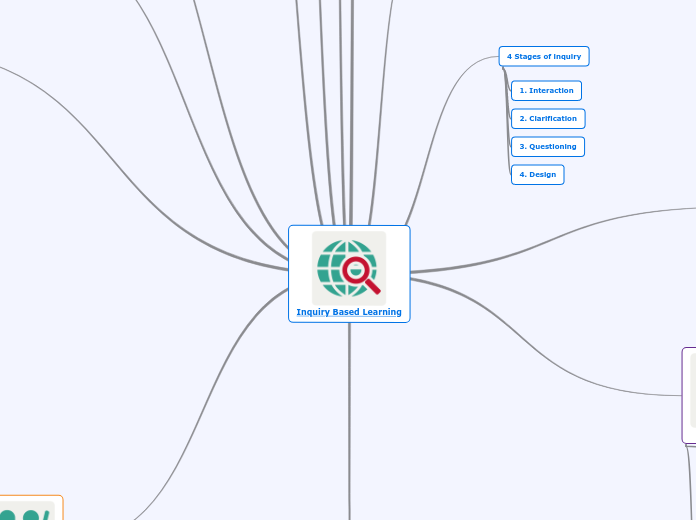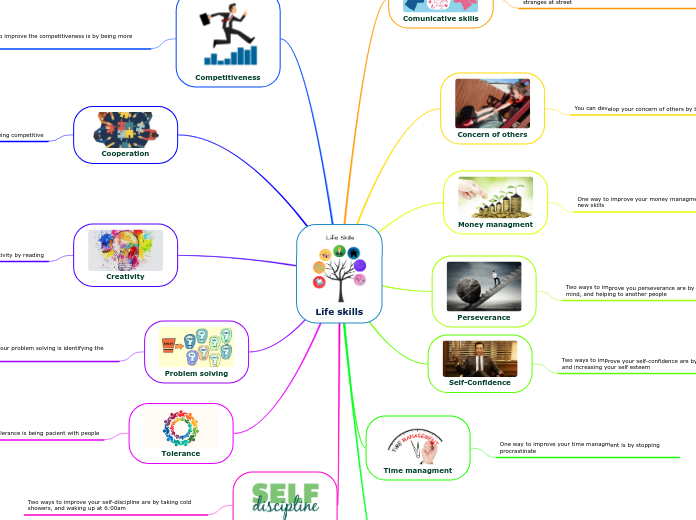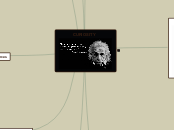von Andrew Dobson Vor 3 Jahren
266
Assignment 5
Inquiry-based learning transforms traditional education by promoting student engagement and curiosity. It encourages learners to explore resources beyond the classroom, fostering a culture of risk-taking and creative thinking.









